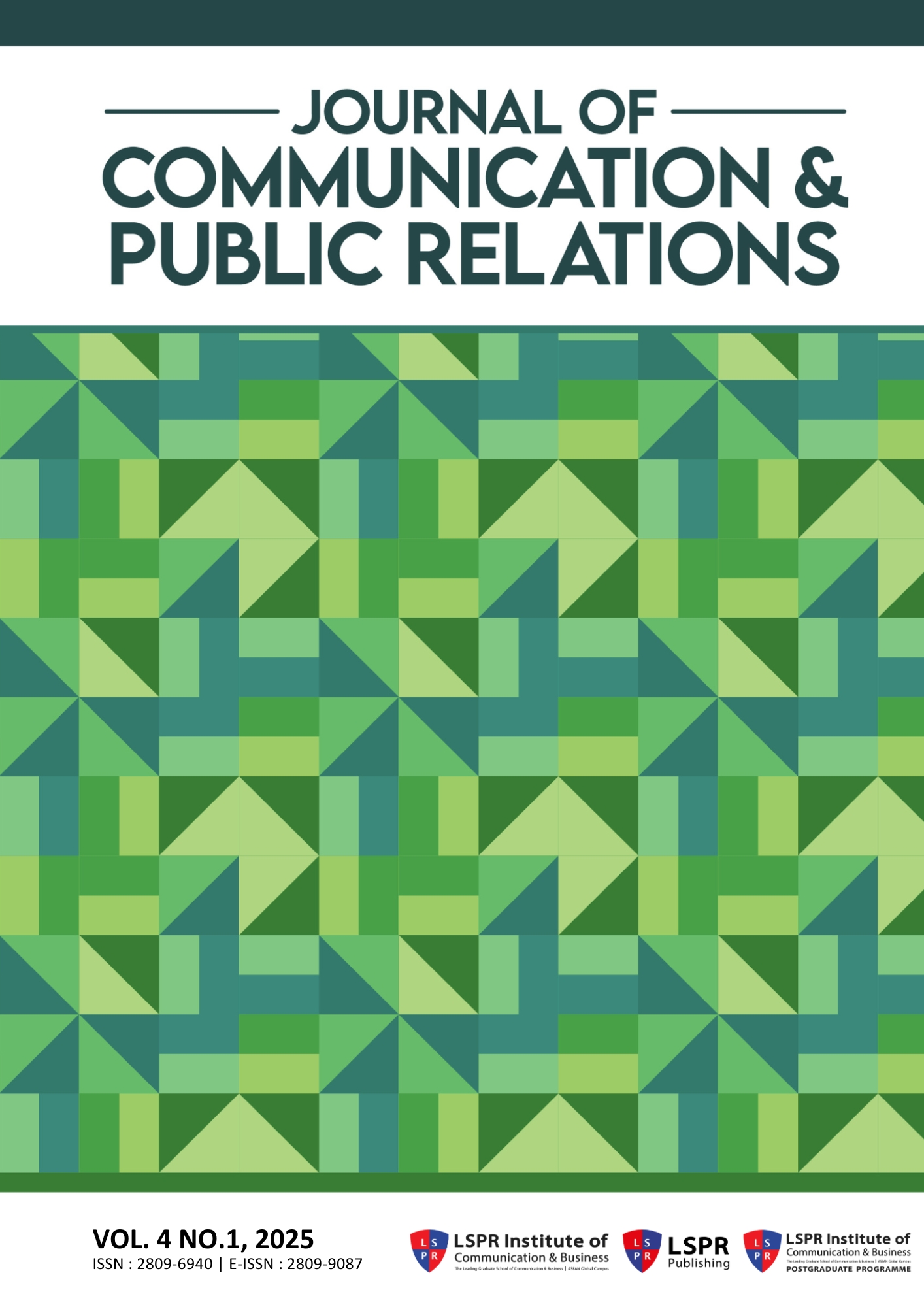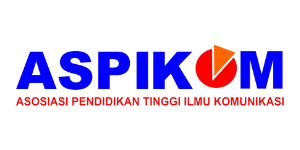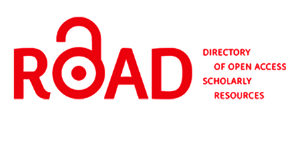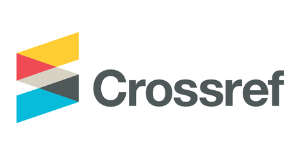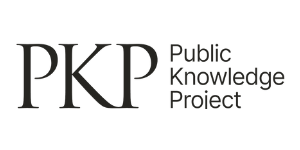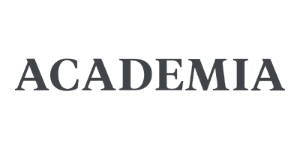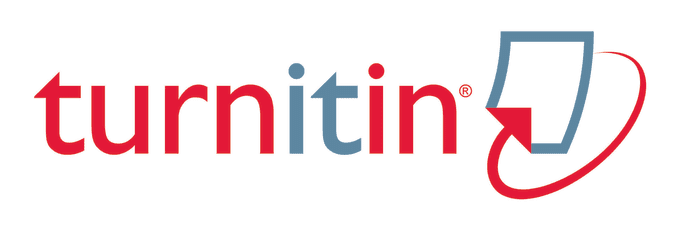Gender and Language: Analyzing Communication Styles in Argumentative Writing
DOI:
https://doi.org/10.37535/105004120256Keywords:
men and women, english , language, text communication, writingAbstract
This study investigates gender-based differences in communication styles within argumentative writing, focusing on syntactic elements like pronouns and noun modifiers, as well as pragmatic aspects such as argumentation strategies. Using a mixed-method approach, data were collected from 30 students in the 2011 cohort of an English Department in Indonesia, evenly split between male and female participants. Quantitative analysis revealed that men utilized personal pronouns more frequently, emphasizing individuality and logical reasoning, whereas women employed noun modifiers more often, showcasing precision and elaboration. Qualitative findings highlighted that men’s arguments leaned towards directness and assertiveness, often grounded in bold claims, while women’s arguments demonstrated greater coherence and emotional engagement, reflecting inclusivity and relational focus. These stylistic variations align with broader sociolinguistic patterns tied to gender. The study underscores the importance of understanding these differences to improve teaching methods and encourage the balanced development of argumentative writing skills across genders. The findings contribute to the growing body of research on gendered communication in second-language contexts, offering insights for educators and linguists aiming to address linguistic and cultural nuances in academic writing.
References
Alrajafi, G. (2021). The Use of English in Indonesia: Status and Influence. Sigeh. 1 (1). https://journal.uml.ac.id/ELt/issue/view/54
Argamon, S., Koppel, M., Fine, J., & Shimoni, A. R. (2003). Gender, Genre, and Writing Style in Formal Written Texts. Text, 23(3). https://doi.org/10.1515/text.2003.014
Ashrafova, I. (2024). Language and Gender: Exploring Structures and Bias in Linguistic Norms. https://doi.org/10.69760/aghel.024048
Deuchar, M. (2020). Code-switching in Linguistics: A Position Paper. Languages, 5(2). https://doi.org/10.3390/languages5020022
Ferguson, B. (2021). Frederick Law Olmsted: A Pragmatic Exception to Transcendental Writing. Https://Doi.Org/10.1080/13645145.2020.1902097, 24(3), 283–297. https://doi.org/10.1080/13645145.2020.1902097
Ginarti, D., Nurhapitudin, I., Ruminda, R., & Iksan, H. H. (2022). Study of Language Features Used by Male and Female in #SaveJohnnyDepp on Instagram and Twitter. Az-Zahra: Journal of Gender and Family Studies, 2(2), 127-142. https://doi.org/10.15575/azzahra.v2i2.14388
Gotian, R. (2023, February 19). Why Are We Still Telling Women They Lack Self-Confidence? Forbes. https://www.forbes.com/sites/ruthgotian/2023/02/19/why-are-we-still-telling-women-they-lack-self-confidence/
Ismail, I., Ali, H., & Anwar Us, K. (2022). Factors Affecting Critical and Holistic Thinking in Islamic Education in Indonesia: Self-Concept, System, Tradition, Culture. (Literature Review of Islamic Education Management). Dinasti International Journal of Management Science, 3(3). https://doi.org/10.31933/dijms.v3i3.1088
Jannah, T. H., Hemasti, R. A., & Minarsih, Y. (2025). Gender-based Differences in Self-confidence: Implications for Career Counseling among Male and Female University Students. Jurnal Bimbingan dan Konseling Terapan, 9(1), 36-46. https://doi.org/10.30598/bkt.v9i1.17108
Kheder, K., & Rouabhia, R. (2023). Gender Differences in Learning Languages. European Journal of Applied Linguistics Studies, 6(2). https://doi.org/10.46827/ejals.v6i2.456
Kiram, M. Z. (2024). Interrogating Masculinity, Gender Performance, and Power Dynamics in Indonesian Society through Taylor Swift’s ‘The Man’. Gender Equality: International Journal of Child and Gender Studies, 10(2), 209. https://doi.org/10.22373/equality.v10i2.25877
Loureiro-Porto, L., & Hiltunen, T. (2020). Democratization and Gender-neutrality in English(es). Journal of English Linguistics, 48(3), 0075424220935967. https://doi.org/10.1177/0075424220935967
Nuzirwan, I., & Sukandar, R. (2021). The Impact of Hoaxes to the Business of Information Technology Companies in Indonesia. Journal of Communication & Public Relations, 1(1), 41. https://doi.org/10.37535/105001120215
Pilcher, J. J., & Smith, P. D. (2024). Social Context during Moral Decision-making Impacts Males More than Females. Frontiers in Psychology, 15. https://doi.org/10.3389/fpsyg.2024.1397069
Rahima, A. (2024). Language Documentation as A Revitalization Effort Regional Languages are Starting to Extinct. International Journal of Multidisciplinary Sciences and Arts, 3(3), 72-76. https://doi.org/10.47709/ijmdsa.v3i3.4123
Rannaweera, K. G. N. U. (2020). The Hidden Factor of Female Offending-Gender: A Criminological Analysis on Burglary Related Environmental Factors in Sri Lanka View project. Article in International Journal of Social Sciences. https://doi.org/10.30954/2249-6637.03.2020.1
Ridha, M., Sinar, T. S., & Zein, T. T. (2024). Gender-Based Differences in EFL Writing: Linguistic Features in Indonesian High School Students’ Narratives. https://doi.org/10.31849/elsya.v6i3.22528
Salsabila, I. N., Umam, A. F., Nurjanah, A., Wahyuningsih, O., & Lestari, A. (2024). The Role of Gender in Language and Communication: A Linguistic Perspective. Eduvest - Journal of Universal Studies, 4(1), 260-269. https://doi.org/10.59188/eduvest.v4i1.1061
Siburian, W. A. (2024). The Effect of Using Genre-Based Learning Method on Students' Writing Descriptive Text a SMP 1 Paranginan [Master's thesis]. https://repository.uhn.ac.id/bitstream/handle/123456789/11413/WIDYA%20A.%20SIBURIAN.pdf?sequence=1&isAllowed=y
Sidupa, C., Ningsih, R. Y., & Werhoru, D. (2019). The Grammar of Indonesian Language: A Case Study of RBS Students. Journal of Physics: Conference Series. https://doi.org/10.1088/1742-6596/1175/1/012242
Syathroh, I. L., Musthafa, B., & Purnawarman, P. (2020). Providing Teaching Resources for Young Learner Classes: Best Practices in EFL Context. ELT in Focus, 2(2). https://doi.org/10.35706/eltinfc.v2i2.3054
Sylvia, S., & Syarifudin, A. S. (2023). Gender And Language Use in Academic Discourse: Empowering Women’s Voices. Transformational Language Literature and Technology Overview in Learning (Transtool), 2(3), 19–23. https://doi.org/10.55047/transtool.v2i3.1377
Wahba, S., & Chun, Y. (2022). Orange is the New Colour of City Competitiveness: The Role of Local Governments in Promoting Cultural and Creative Industries. Journal of Urban Regeneration and Renewal, 15(2), 136. https://doi.org/10.69554/ylyw9891
Willyarto, M. N., Pane, M., & Chairiyani, R. (2015). Mathematics Learning Method of Bar Modeling for Elementary School Students. Advanced Science Letters, 21(7), 2328–2331. https://doi.org/10.1166/asl.2015.6266
Willyarto, M. N., Werhoru, D., & Gea, A. A. (2017). The use of English in Learning Mathematics for Grade 7 Junior High School. Proceedings - 2017 International Symposium on Educational Technology, ISET 2017, 177–179. https://doi.org/10.1109/ISET.2017.48
Wong, B., Yuan-Li, &, & Chiu, T. (2020). University Lecturers’ Construction of the “Ideal” Undergraduate Student. Journal of Further and Higher Education, 44(1), 54–68. https://doi.org/10.1080/0309877X.2018.1504010
Xu, J., Lin, F., Liu, S., Peng, X., & Wei, Z. (2021). Gender Differences among Children in Language Expression of Emotional and Motion Related Words. Advances in Social Science, Education and Humanities Research. https://doi.org/10.2991/assehr.k.211220.194
Yunus, U. (2023). The 4th International Conference of Biospheric Harmony Advanced Research (ICOBAR 2022). E3S Web of Conf. https://doi.org/10.1051/e3sconf/202338803025

